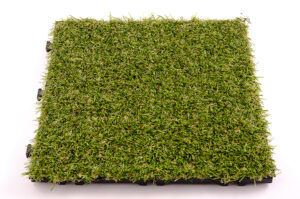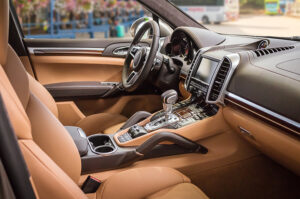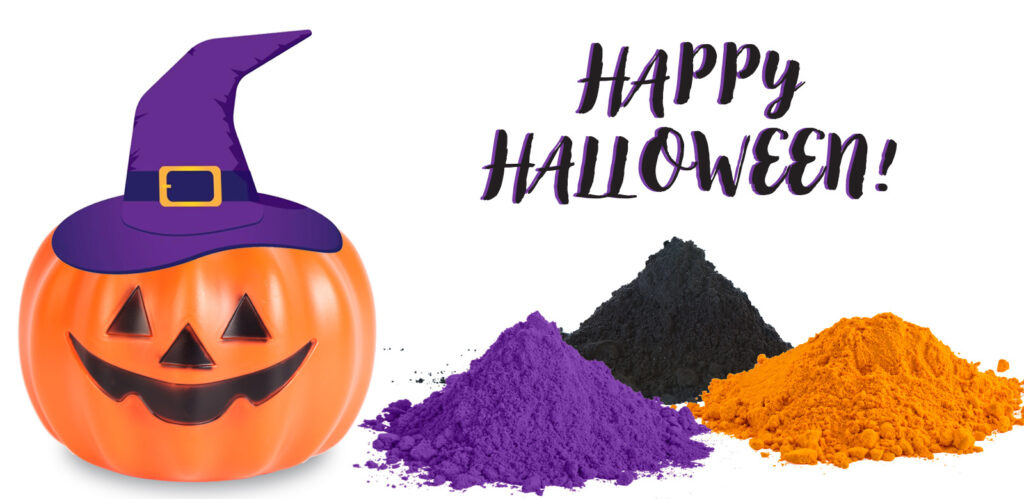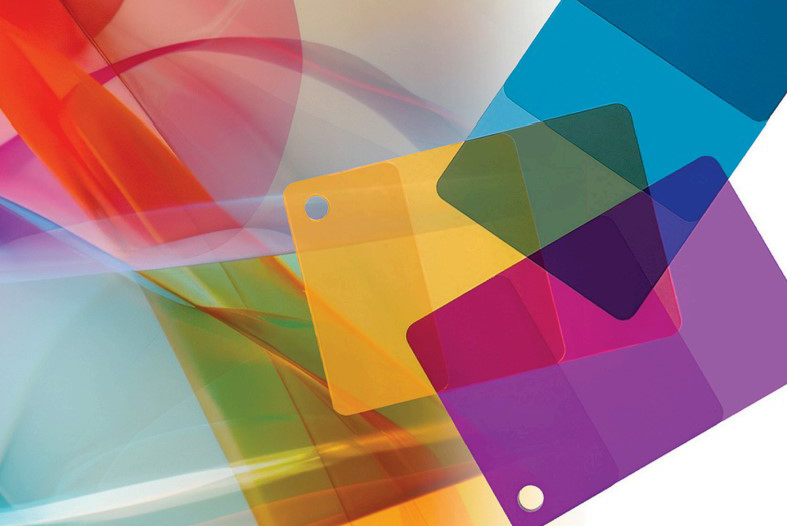NEWS
Turn to Shepherd Color for the Yellow Color Space
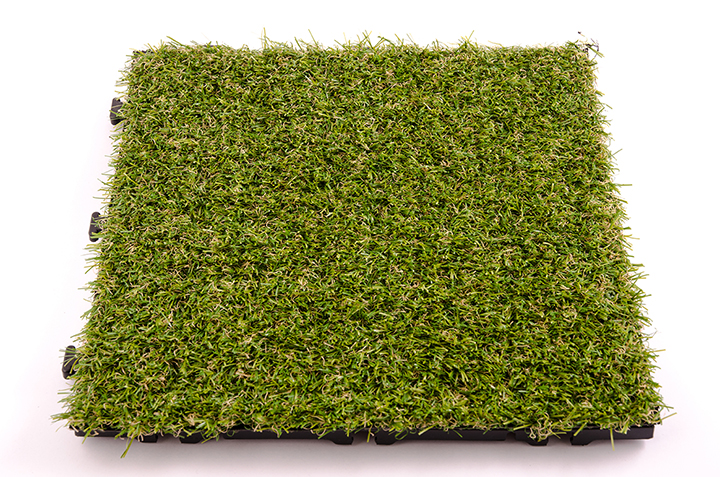
Make Yellow 20P296 Your First Choice for Plastics and Coatings Applications
The yellow color space is one of the most challenging when it comes to selecting color pigmentation. Our eyes are very sensitive to this color gamut and there are a myriad of options available to color materials. Each yellow pigment has a unique set of color-shade, heat-stability, resin compatibility, tint strength, regulatory profile, economics, availability, and weatherability. While some physical properties may remain constant, sometimes other issues arise around supply and economics.
Shepherd Color’s Yellow 20P296 is an option when other pigments face challenges. Yellow 20P296 is not formulated with chromium and is based on iron, aluminum, and titanium in a spinel oxide structure. Being a calcined pigment, it has excellent stability and inertness which gives it excellent heat (up to 800°C) and weathering stability. It’s inertness also means that it has a favorable regulatory profile and is not SARA 313 regulated. Yellow 20P296 falls in the middle of performance when it comes to yellows. It is not as chromatic as yellow iron oxide (PY42), but much more heat stable. It is even more heat-stable than zinc ferrite (PY119) type pigments. Compared to chromium antimony titanate (PBr24) it isn’t as chromatic but has higher tint strength.
It is in relation to the last pigment chemistry that reveals new opportunities for Yellow 20P296. C.I. Pigment Brown 24 contains antimony, a material currently facing export restrictions from China, which has led to increased raw material costs. While Yellow 20P296 isn’t as chromatic as PBr24, it has excellent tint strength and an economic advantage while antimony is at historic highs. While acid extractable iron levels don’t make it a first choice for rigid PVC profile colors, in many other plastics and coatings applications, Yellow 20P296 makes a viable high-performance PBr24 replacement.
Yellow 20P296 excels in color matches from beiges to grays, especially in demanding engineering polymer applications such as the warm natural tones used in automotive interiors. In coatings applications, it gives a heat-stable yellow during curing and duty cycles, that weathers well and is compatible with a wide range of coatings chemistries and is useful in powder coatings.
- Example of artificial turf
- Example of car interior
Another application is making artificial turf. Yellow 20P296 can be used with other pigments to make natural looking green colors, while its weatherability stands up to the harsh sun and IR reflectivity keeps it cool. A fine particle size works well in the thin films that make up the blades of grass, with no zinc in the pigment chemistry compared to alternatives like zinc ferrite.
The yellow color space is one of the most complex based on so many color, performance, regulatory and cost drivers. Shepherd Color offers a wide range of solutions from the highly chromatic and unique NTP Yellow 10P150, to the workhorse Yellow 20P296. Contact Shepherd Color to discuss how we can support your needs in the demanding yellow color space.
Read more about our pigments:
PFAS-Free Cookware Using Shepherd Color Pigments – The Shepherd Color Company
Shepherd Color Featured in Jan/Feb Edition of Coatings World
